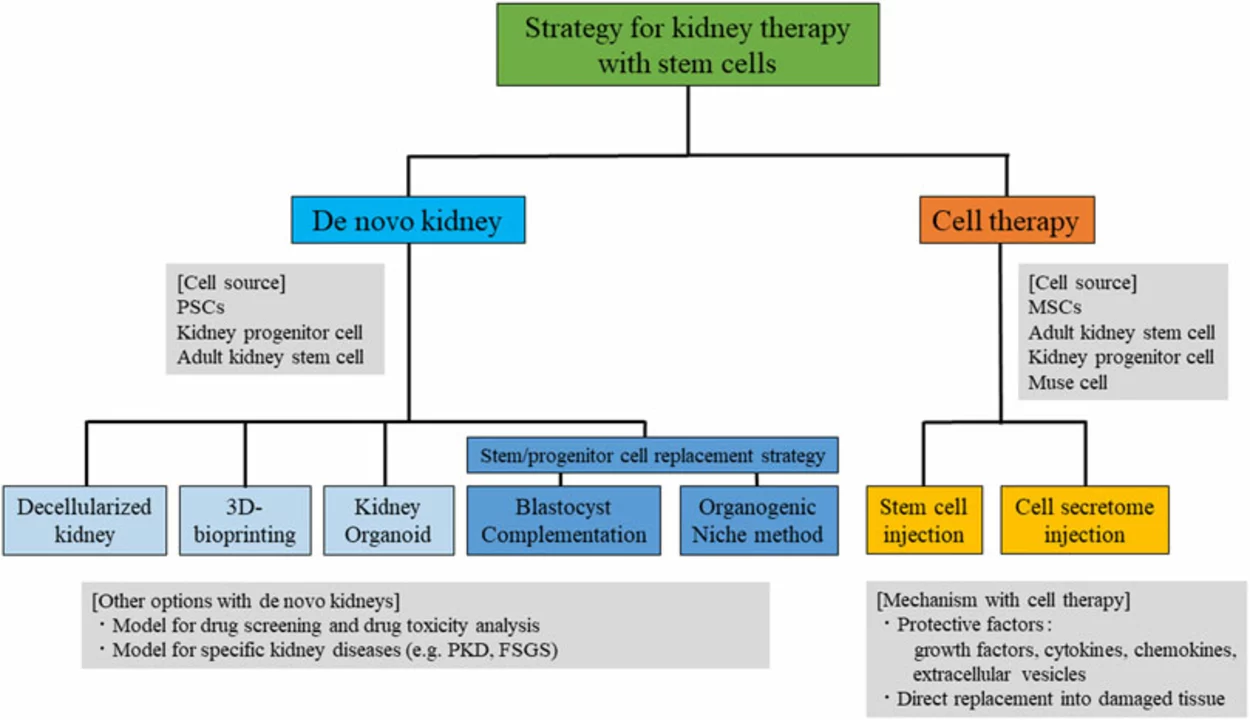Prescription costs can eat into your budget fast. If you need financial support for meds, there are real, everyday options you can use right now — no medical degree required. Below are clear steps to lower what you pay and places to look for deeper help.
Compare prices before you buy. Use apps and discount sites like GoodRx, InsideRx, or Optum Perks to check pharmacy prices and printable coupons. Try several pharmacies — prices for the same drug can vary widely.
Ask your prescriber for a generic or a cheaper alternative. Generic meds usually work the same and cost much less. If one drug is pricey, ask about therapeutic substitutes that treat the same condition.
Use 90-day supplies and mail-order pharmacies when it makes sense. For chronic meds, longer fills often lower the per-month cost and reduce pharmacy visit fees.
Look for manufacturer coupons and copay cards. Drug companies sometimes offer instant savings or patient assistance if you meet income rules. If a brand-name drug is expensive, search the manufacturer’s site for financial help.
Patient assistance programs and charities help people who can't afford meds. Organizations like NeedyMeds, RxAid, and disease-specific foundations can grant free or low-cost medicine for qualifying patients. Your clinic’s social worker can often guide you to these resources.
Be careful with online pharmacies. Some save money but may not be safe. Always check that a pharmacy requires a prescription, lists a physical address, and is licensed. Our site has reviews that cover safety checks you can use before ordering online.
Check your insurance plan’s formulary and pharmacy network. Switching to an in-network pharmacy or choosing a formulary drug can lower your out-of-pocket costs. If a medication is denied, ask for an appeal or a prior authorization — sometimes a short phone call fixes it.
Talk to your pharmacist. They know cheaper options, split-tablet dosing where safe, and manufacturer programs you might miss. Pharmacists also can recommend over-the-counter choices when appropriate.
Consider telehealth and alternative care options for lower-cost consultations and prescriptions. Some telehealth services bundle visits with discounted meds and delivery, which can save time and money.
Want more tailored tips? Read our guides on comparing discount services, finding safe online pharmacies, and tracking manufacturer offers. Pick one action today — compare prices, ask your prescriber about a generic, or call a patient assistance program — and you’ll likely see savings fast.

Renal failure can be a daunting diagnosis, and understanding insurance coverage and financial support options is crucial. In my latest blog post, I break down the different types of insurance plans, such as private, Medicare, and Medicaid, and how they can cover renal failure treatments, like dialysis or a kidney transplant. I also explore various financial assistance programs and non-profit organizations that offer support to alleviate the burden of medical expenses. By knowing your options, you can focus on getting the best care possible while managing the financial aspect of your health journey. Read on to empower yourself with this essential knowledge and take control of your renal health.